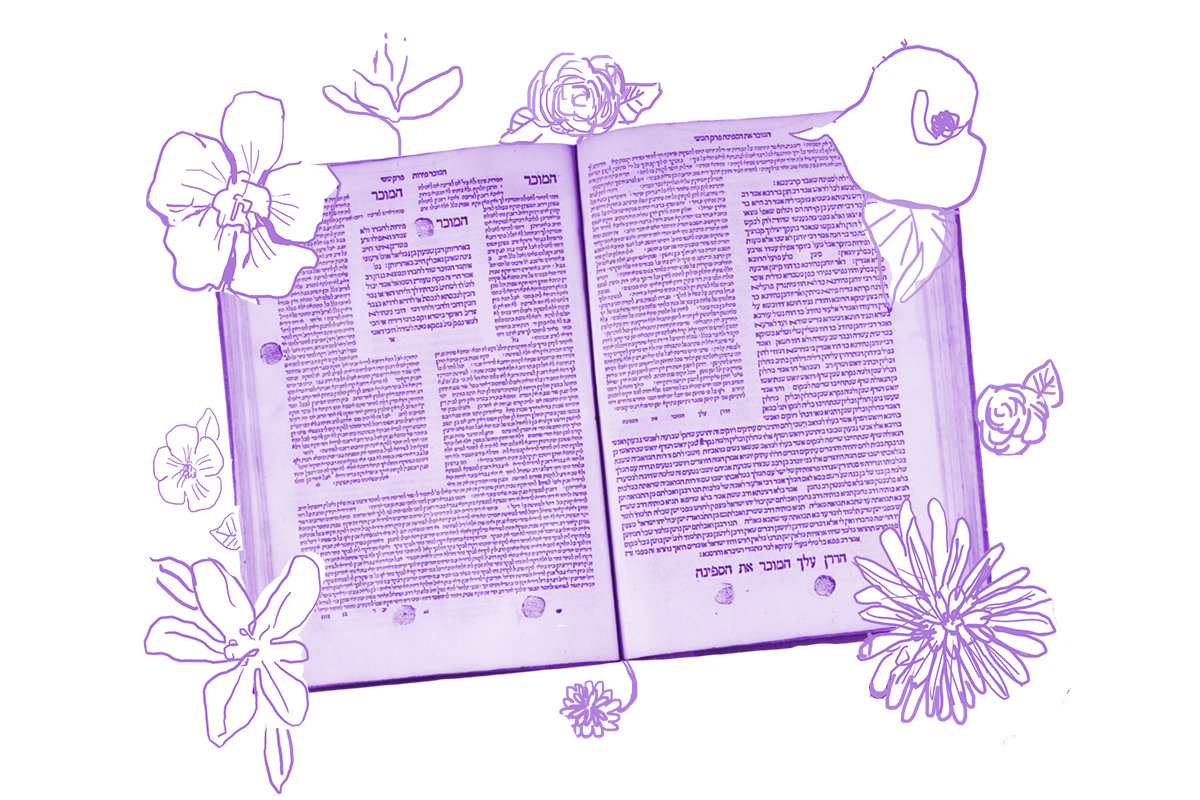The fourth chapter of Bava Batra began with a discussion about what is (and is not) automatically included in the sale of a house. It then moved on to have a similar conversation about courtyards and the houses that surround them. On today’s daf, the Talmud turns its attention to the sale of cities.
One who sells a city (without specifying what is included in the sale) has sold with it the houses, the pits, the ditches and caves, the bathhouses and the dovecotes, and the olive presses and beit hashelahin (irrigated fields or gardens on the outskirts of town), but not the movable property.
In the movies, the sole owner of a town is almost always the villain. But in the mishnah, it’s not the seller’s character that is the focus, only that when they sell their town without detailing what was included in the purchase, there is a fixed list of things that is included in the sale. And we learn that Rabban Shimon ben Gamliel tacks on an additional item to the above list:
One who sells a city has sold with it the santar.
With your help, My Jewish Learning can provide endless opportunities for learning, connection and discovery.
What is a santar? The commentators, both traditional and contemporary, hold back on explaining and let us know that the Gemara will tell us in due time. This is often a signal that there will be more than one option.
Shimon ben Avtolemos says the fields.
According to Shimon ben Avtolemos, a santar is a field at the edge of the city. His explanation suggests that the term refers to something that is not so different from the other items on the list. Just as the purchaser of a town acquires the bathhouses, olive presses and gardens, they also acquire the adjacent fields — an addition to the list, but nothing to write home about.
But the Gemara provides another option:
Here (in Babylonia) they interpreted it to mean the registrar.
This explanation is a bit more curious as it suggests that when one buys a town, one also acquires a person. And who is this person? The Steinzaltz translation calls this person the land registrar, while the Jastrow dictionary suggests that it refers either to the city official who determines property lines or a guard who protects fields just outside the city.
What do these definitions have in common? Each describes a person who knows the city and its borders well, either because they protect them or because they maintain the records that describe them. They are experts, with unique knowledge about where the city starts and where it ends. And, says Rabban Shimon ben Gamliel, when the city is sold, they are sold along with it.
As we’ve seen many times already in our Daf Yomi journey, slavery was not anathema to the ancient rabbis. They were considered just another type of movable property that could be bought and sold. The opening opinion in the mishnah states that if one sells a city and does not specify what is included in the deal, movable property is not included, which would presumably mean slaves are also not included in the sale. Rabban Shimon ben Gamliel suggests that there is an exception to this rule — the santar is sold along with the city.
Why would he do such a thing? While we do not know much about the role of the santar, perhaps Rabban Shimon ben Gamliel contends that they are such an integral part of the life of the city that they cannot be separated from it. Whether slave or free, their destiny is tied to that of the town.
I’d like to imagine that being a santar was a good thing, that those who held the position were well taken care of, that being considered literally a part of the city was not considered servitude, but service. If so, maybe being included in the purchase agreement was not a source of pain, but a point of pride.
Read all of Bava Batra 68 on Sefaria.
This piece originally appeared in a My Jewish Learning Daf Yomi email newsletter sent on September 1, 2024. If you are interested in receiving the newsletter, sign up here.



